For Credit Classes
Metal Casting and Foundry Metallurgy 3.A02 (FALL, First Year Advising Seminar)
Metallurgy is the study of metals and alloys through the relationships between composition, structure, processing history, and properties. This seminar introduces students to metallurgy through sand and investment casting of aluminum, bronze, and iron. The seminar meets once per week for a laboratory session and once per week for discussion of topics in materials science and engineering that tie in to the laboratory work. Students begin by completing some specified projects and progress to fabricating pieces of their own design. Shaymus Hudson, Lead Instructor
Metalsmithing Throughout Time 3.A03 (FALL, First Year Advising Seminar)
Metalsmithing Throughout Time is a fusion of metallurgy and art history. Through the hands-on exploration of metalsmithing techniques including lost-wax casting, enameling, soldering and plastic deformation, students will glean an understanding of metal's physical properties. Students will also gain a cultural contextualization of techniques that span from ancient to modern times and around the globe. The seminar meets once a week for an evening laboratory session and once per week for lecture and discussion. Students will begin by completing some specified projects and progress to fabrication of projects of their own design. Tara Fadenrecht, Lead Instructor

Modern Blacksmithing and Physical Metallurgy 3.A04 (FALL, First Year Advising Seminar)
Physical metallurgy encompasses the relationships between the composition, structure, processing history and properties of metallic materials. In this seminar you'll be introduced to metallurgy in a particularly "physical" way. We will do blacksmithing, metal casting, machining, and welding, using both traditional and modern methods. The seminar meets once per week for an evening laboratory session, and once per week for discussion of issues in materials science and engineering that tie in to the laboratory work. Students will begin by completing some specified projects and progress to designing and fabricating one forged and one cast piece. Mike Tarkanian and James Hunter, Instructors More info...
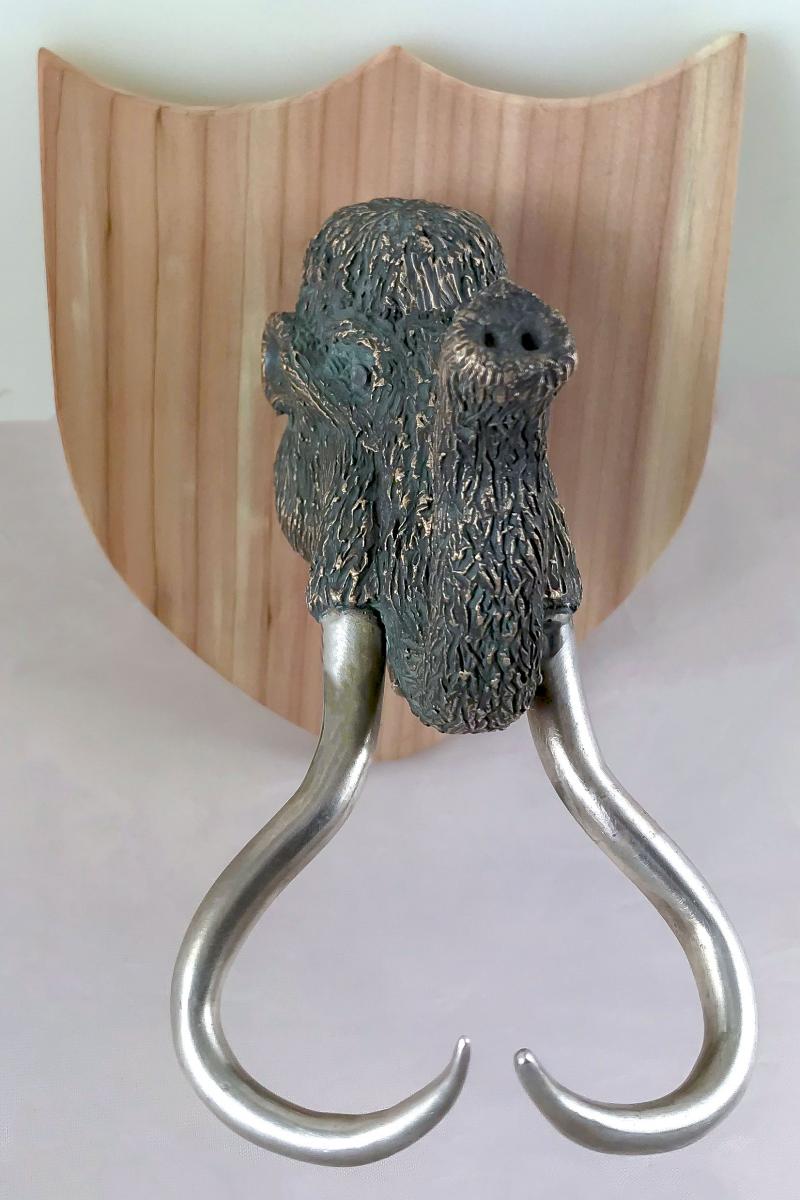 Introduction to Metalsmithing, 3.095, HASS-A, 2-3-4, (SPRING)
Introduction to Metalsmithing, 3.095, HASS-A, 2-3-4, (SPRING)
Centers around art history, design principles, sculptural concepts, and metallurgical processes. Covers metalsmithing techniques of enameling, casting, and hollowware. Students create artworks that interpret lecture material and utilize metalsmithing techniques and metal as means of expression. Also covers topics of art patronage, colonial influence upon arts production, and gender and class issues in making. Lectures and lab sessions supplemented by a visiting artist lecture and art museum field trip.
Limited to 12. Tara Fadenrecht, Lead Instructor
Architectural Ironwork, 3.096, HASS-A, 2-3-4, (FALL)
Explores the use of iron in the built environment throughout history and the world, with an emphasis on traditional European and American design and connections to contemporary movements in art and architecture. Discusses influence of technology on design and fabrication, spanning both ancient and modern developments. Cultivates the ability to design iron in architecture and criticize ironwork as art. Includes laboratory exercises that teach a variety of basic and advanced iron-working techniques such as hand forging and CNC machining. The project-based curriculum begins with art criticism of Cambridge-area ironwork, progresses to practical studies of iron architectural elements, and finishes with creation of an architectural object of the student's design. Associated writing assignments for in-lab projects hone criticism and analysis skills. Limited to 10. Lead Instructor, James Hunter.
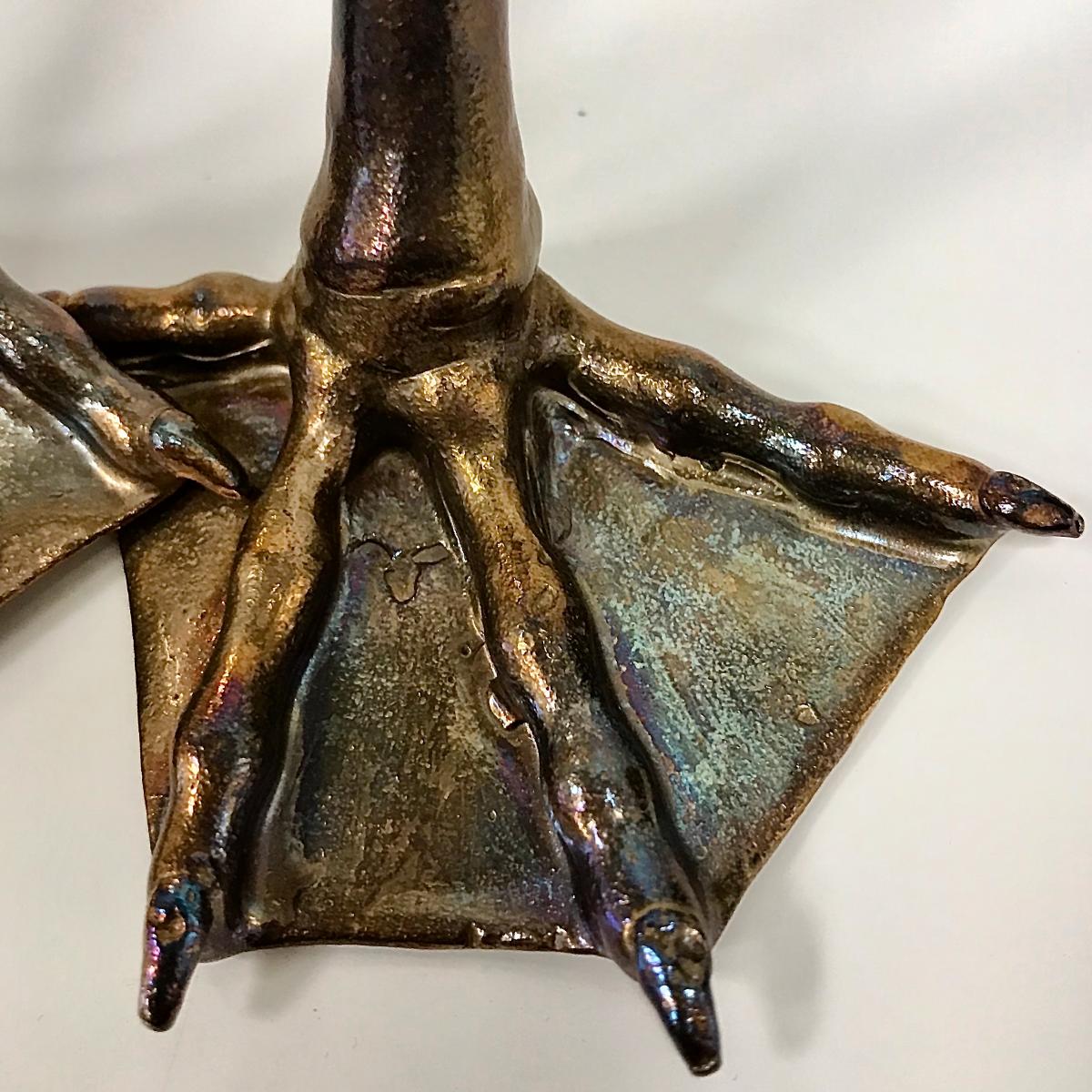
Tradition runs deep at MIT. From hacking to Pi Day, students welcome the opportunity to add their individual contribution to the line of collective tradition. In this special subject course, students will work to create an interactive metal sculpture that embraces another tradition at MIT, the “brass rat” class ring. This life-size, cast bronze beaver sculpture, complete with moveable tail and magnetic hair, will be entirely realized by MIT undergraduates within MIT laboratories. The course will provide a cross-disciplinary approach to sculpture that will include art history, metallurgy, and mechanical engineering. From schematic rendering to metal casting, fabrication, polishing and patination, (and the many steps in between), students in this class will learn through hands-on experience how a cast sculpture comes to fruition as well as how much applied materials science knowledge is involved in art-making. Tara Fadenrecht, Lead Instructor
Non-Credit Classes
ALL 2023 IAP METALWORKING CLASSES ARE FULL
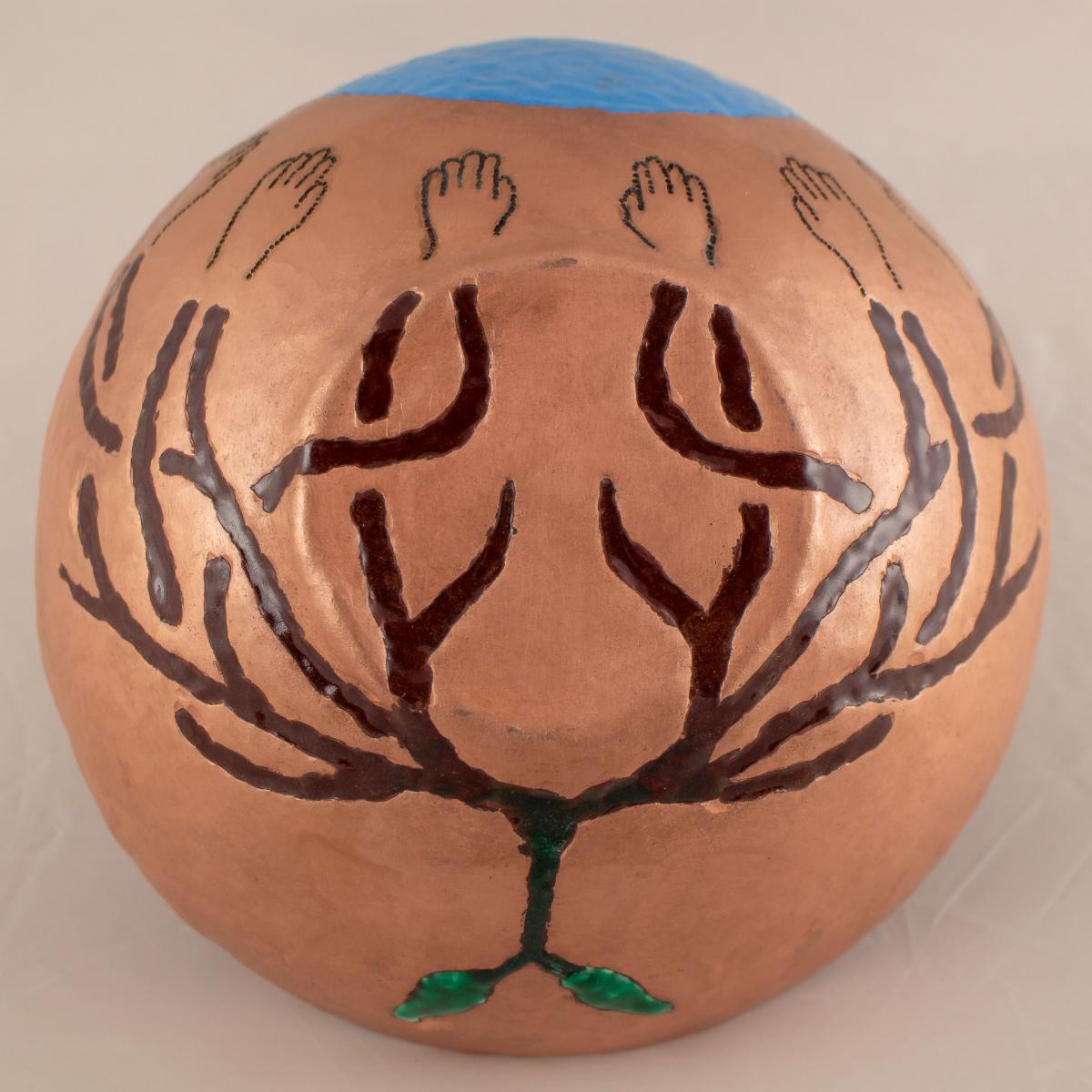 Enameling (IAP)
Enameling (IAP)
Enameling is the process of fusing powdered glass to metal resulting in a glossy, colorful finish. Students in this course will gain a clear understanding on how to work with vitreous enamel--composed of smelted minerals, such as sand, feldspar, borax, soda ash, and sodium fluoride--on metal through the exploration of enameling techniques such as stenciling, sgraffito, cloisonné, and champlevé. We will work with both flat and formed pieces to create jewelry and sculptural objects. Previous metal work experience is beneficial, however the only prerequisite is fearlessness to experiment.
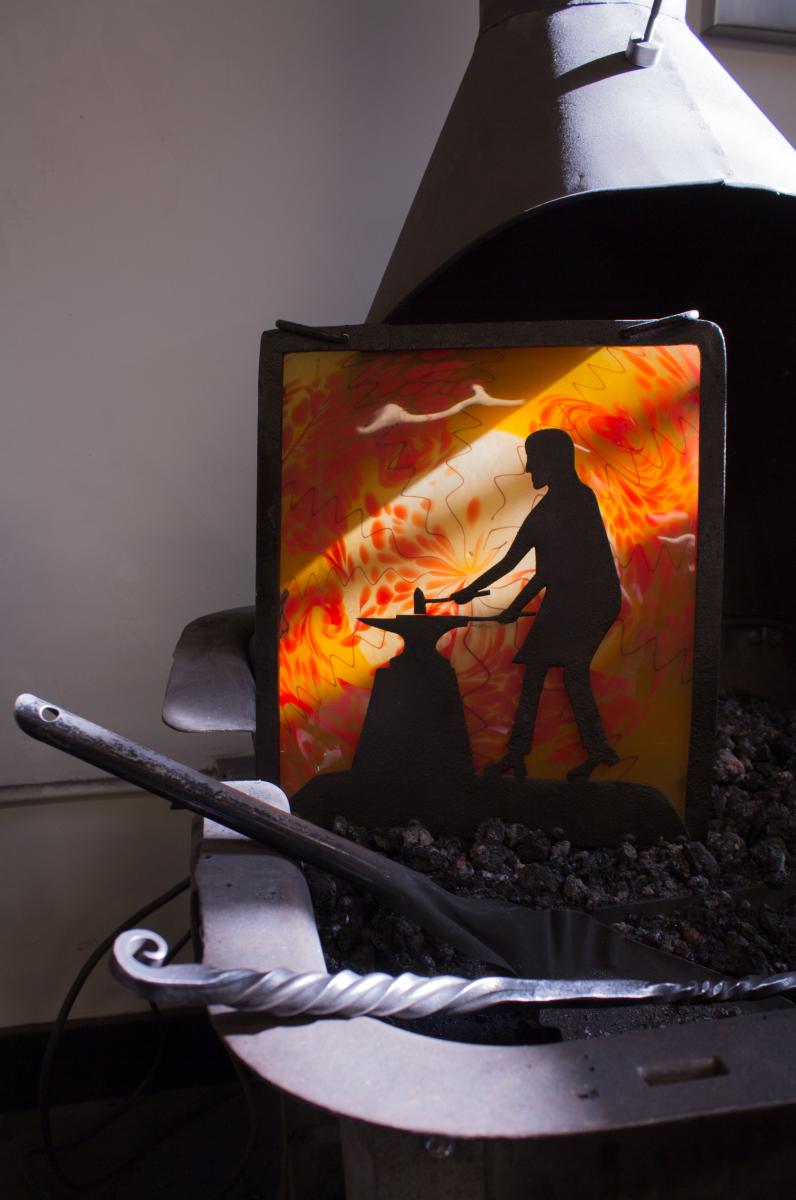 Intro to Blacksmithing (IAP)
Intro to Blacksmithing (IAP)
Students will learn basic blacksmithing techniques using traditional tools to hand-forge mild steel. Drawing a taper, forming a scroll, twisting, and finishing techniques will be incorporated into simple projects. Preference for the limited number of spots in each Intro to Blacksmithing class is given to Course 3 students before the classes are opened up to the MIT community.
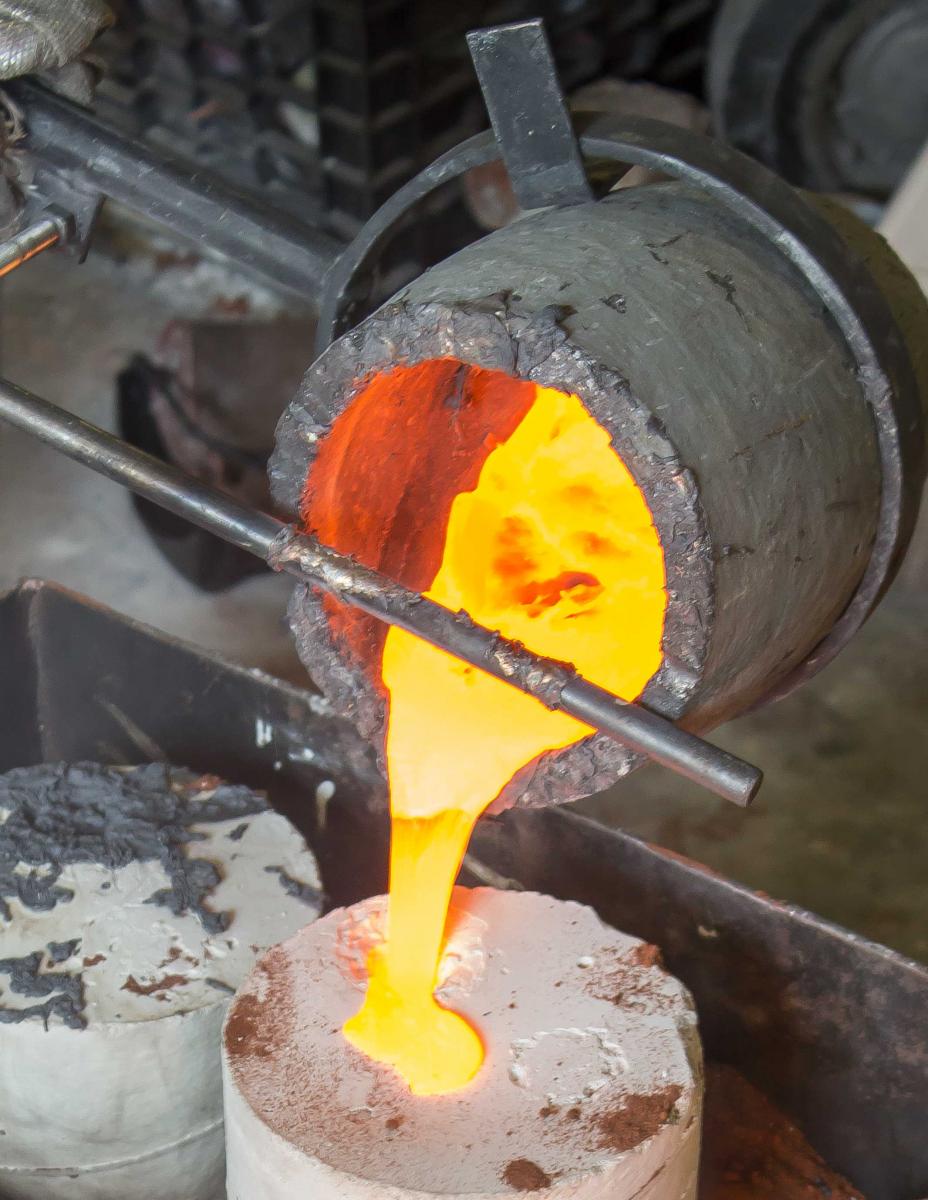 Intro to Casting (IAP)
Intro to Casting (IAP)
Students in this class will learn the techniques necessary for investment casting metals. We’ll first make models of the items to be cast – either by sculpting wax into the desired shape or by casting wax into a rubber mold of an existing object. We will then build ceramic shells around the models, burn out the wax, and cast molten bronze, brass or aluminum into the resulting mold. Preference for the limited number of spots in each Intro to Casting class is given to Course 3 students before the classes are opened up to the MIT community.
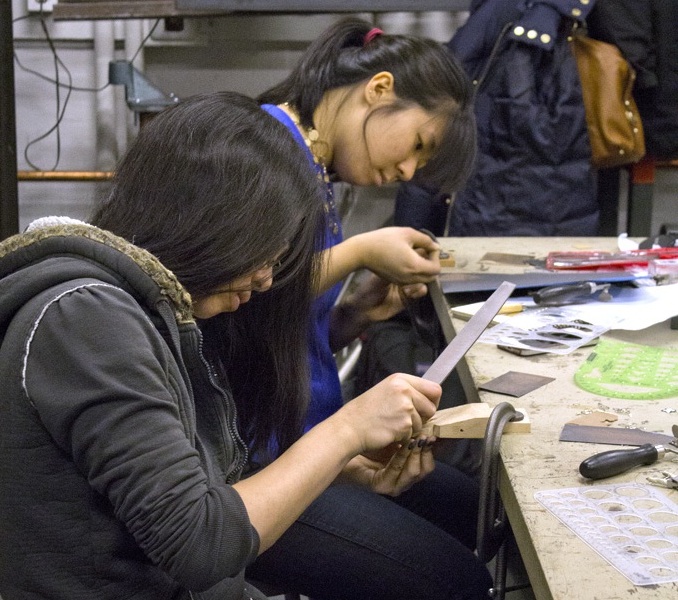 Intro to Jewelry (IAP)
Intro to Jewelry (IAP)
In this introductory course, students will create wearable art such as pendants, earrings and bracelets from non-ferrous metal. Through the jewelry design process, which includes sawing, piercing, forming, bezel setting and finishing, students will become comfortable with both hand and power tools. Fabrication techniques including cold connections and silver soldering will be covered as well.
 Intro to Metal Sculpture (IAP)
Intro to Metal Sculpture (IAP)
In this introductory course, students will create sculptural works. Our dominant medium will be metal, although plaster, cement and other forms of mixed media may be explored as well. Lost wax casting, forging, hollowware techniques and fabrication techniques including cold connections, soldering, brazing and welding will be covered. Students will become comfortable with both hand and power tools.
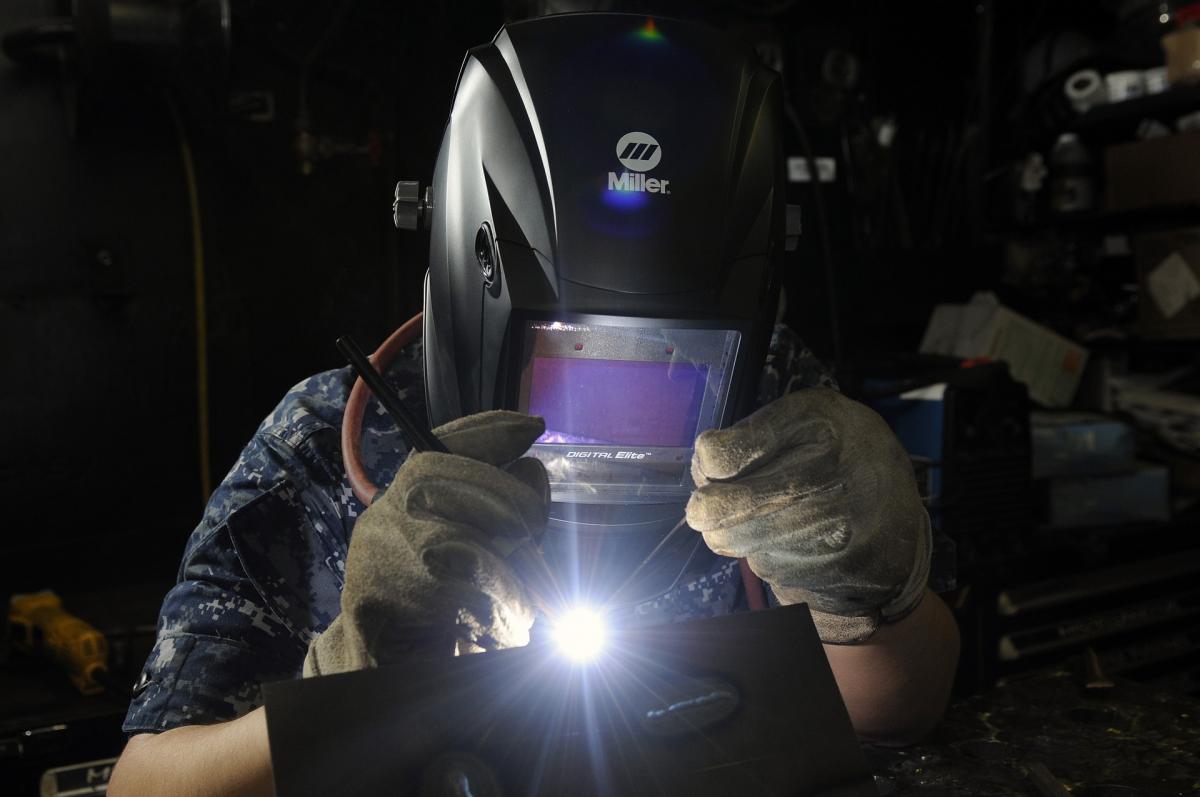 Intro to Welding (IAP)
Intro to Welding (IAP)
This course covers the basics of welding metals with various techniques: oxyacetylene torches, stick welding (SMAW), MIG (GMAW) and TIG (GTAW) will be explored. The first four instructional sessions will review the procedures and techniques, safety concerns and equipment, and capabilities of each welding method. Students can then use the final session as time to practice welding or to weld a small project under the supervision of the instructor. Preference for the limited number of spots in each Intro to Welding class is given to Course 3 students before the classes are opened up to the MIT community.
Background Image: Pre-fired stoneware and charcoal investment molds cover wax models from 3.094: Materials and the Human Experience.
